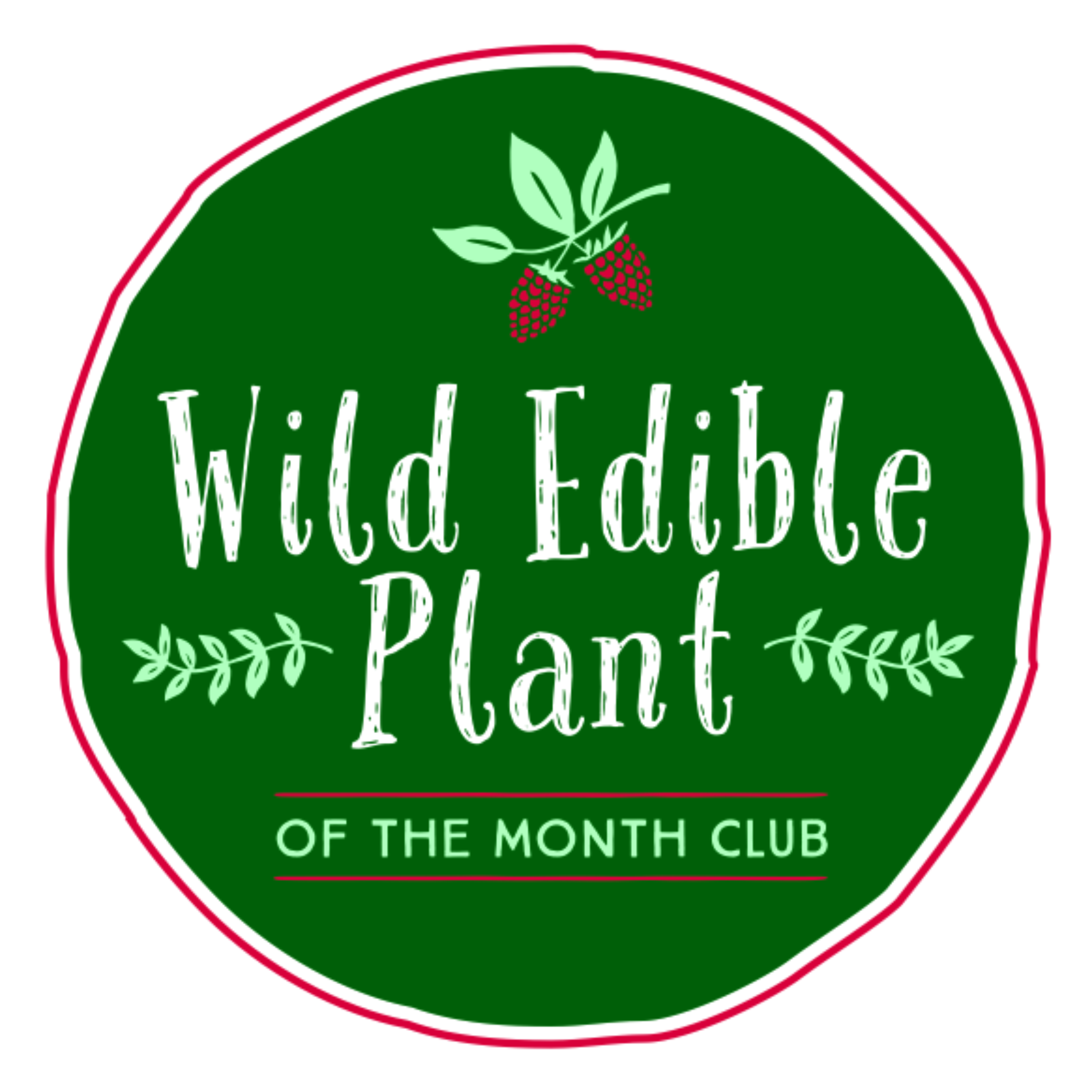Woodland Lettuce: Lactuca floridana
Scientific Name: Lactuca floridana
Common Names: Woodland Lettuce, Florida Blue Lettuce
Family: Asteraceae (Aster family)
Native Region: Southeastern United States, particularly in Florida and neighboring states.
Habitat: Woodland Lettuce thrives in shady or partially shaded woodland areas, often found in moist and well-drained soils.
Leaf Shape: The leaves are lanceolate, meaning they are long and narrow with a slightly wider base, with deep lobes and a winged stem (petiole).
Leaf Margin: The leaf margins are toothed or serrated.
Leaf Arrangement: The leaves are arranged alternately along the stem.
Flower: The flowers are small and daisy-like, with light blue to lavender petals. They are arranged in clusters at the top of the stem.
Height: Woodland Lettuce typically grows to a height of around 5-13 feet.
Life Cycle: Woodland Lettuce is a biennial plant, meaning it lives to 2 years.
Interesting Facts:
Woodland Lettuce is often found in shaded and moist environments, making it a great addition to woodland gardens.
The leaves of Woodland Lettuce are edible and have a slightly bitter taste, similar to traditional lettuces.
This plant has been used by indigenous peoples for its potential medicinal properties.
Edible Parts: The leaves of Woodland Lettuce are edible.
Taste: The leaves have a mild to slightly bitter taste, similar to other types of lettuce.
Harvesting: Leaves can be harvested when they are young and tender. Older leaves can become tougher and more bitter.
Best Harvest Time: It's best to harvest the leaves in the spring when they are at their most tender.
Poisonous Parts: There are no known poisonous parts of Woodland Lettuce.
Identifying Features:
Lanceolate leaves with toothed margins and deep lobes.
Small daisy-like flowers with light blue to lavender petals.
Alternately arranged leaves on the stem.
Grows in shaded woodland environments.
Mildly bitter taste in the leaves.
Harvestable Parts: The leaves are the main harvestable part of the plant.
Dangers: There are no known dangers related to consuming or touching this plant.
Recipes:
Woodland Lettuce Salad with Lemon Vinaigrette:
Combine young Woodland Lettuce leaves with other fresh greens.
Prepare a simple lemon vinaigrette with olive oil, lemon juice, honey, and a touch of Dijon mustard.
Toss the salad with the vinaigrette and top with your choice of nuts, seeds, and cheese.
Woodland Lettuce Wraps with Herb Cream Cheese:
Use Woodland Lettuce leaves as a wrapper.
Fill the leaves with herb-infused cream cheese, diced vegetables, and cooked protein (such as grilled chicken or tofu).
Roll up the leaves and secure with toothpicks.
Woodland Lettuce Smoothie Booster:
Blend young Woodland Lettuce leaves into your favorite green smoothie recipe.
The leaves add a mild bitterness and nutritional boost to the smoothie.
Kitchen Uses:
Add young Woodland Lettuce leaves to salads for a unique touch of bitterness and freshness.
Use the leaves as a wrap for various fillings, creating a healthy and vibrant alternative to tortillas.
Blend the leaves into soups or smoothies to introduce a mild bitterness and additional nutrients.
Please remember that before consuming any wild plant, it is crucial to be absolutely certain of its identification and consult a local expert or reputable resource to ensure it is safe and appropriate for consumption. Additionally, when using wild plants in recipes, it's essential to verify the reliability and safety of the sources you find.
Disclaimer for WildEdiblePlantoftheMonth.com:
The information provided on WildEdiblePlantoftheMonth.com is for entertainment and educational purposes only. While we strive to ensure accuracy and provide reliable information, we cannot guarantee the completeness, relevance, or timeliness of the content presented.
Before using or consuming any plant mentioned on this website, we strongly recommend verifying the information with a qualified health professional or medical doctor. It is essential to exercise caution and always seek the advice of a health professional before touching, handling, or consuming any wild edible or medicinal plant matter.
The content on this website is not intended to diagnose, prescribe, or treat any illness, injury, or health condition. We do not assume any liability or responsibility for any allergic reactions, illnesses, or injuries that may occur as a result of using the information presented on this website or trying any traditional or folk remedies.
As with any natural product, wild edible and medicinal plants can be toxic if misused. It is essential to understand the proper identification, preparation, and usage of these plants before incorporating them into your diet or daily routine.
Please exercise caution and keep all plants, especially toxic ones, out of the reach of children and pets.
By accessing and using the information provided on this website, you agree to do so at your own risk. WildEdiblePlantoftheMonth.com, its authors, contributors, and affiliates cannot be held liable for any damages, losses, or negative consequences resulting from the use of the information on this website.
Always prioritize your safety and well-being by seeking advice from a qualified health professional or medical doctor when dealing with health-related concerns or conditions.
